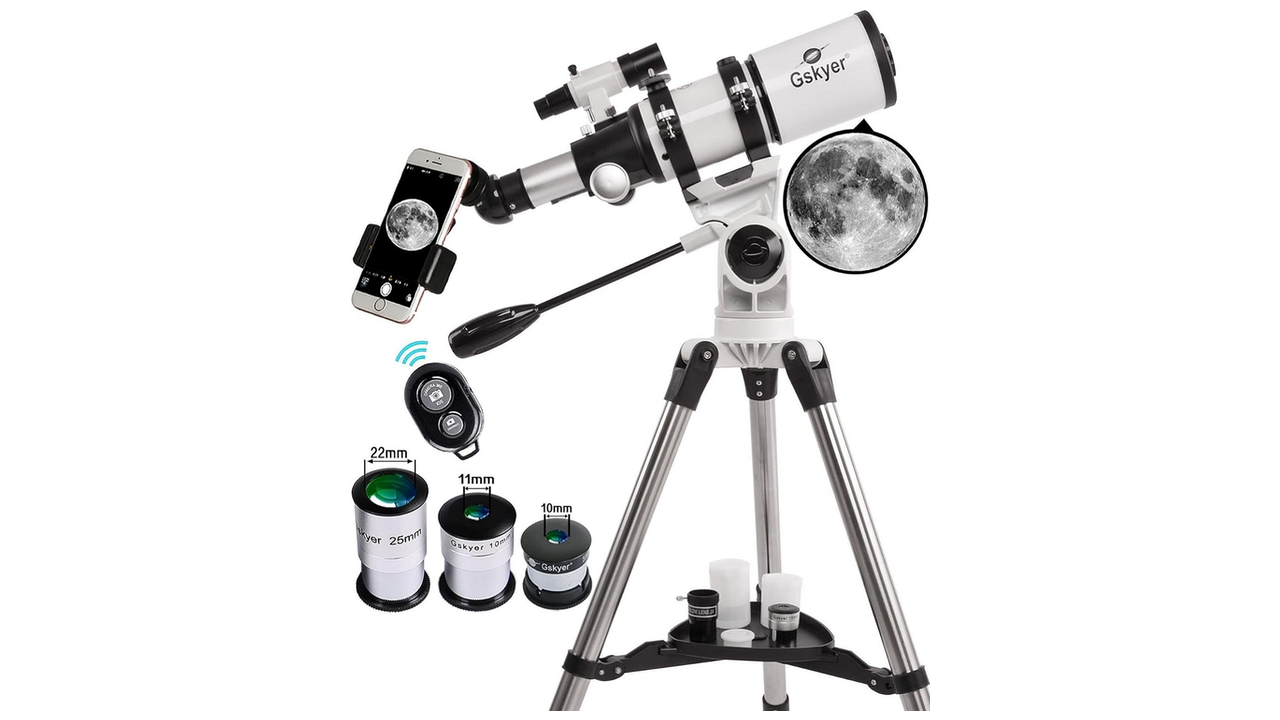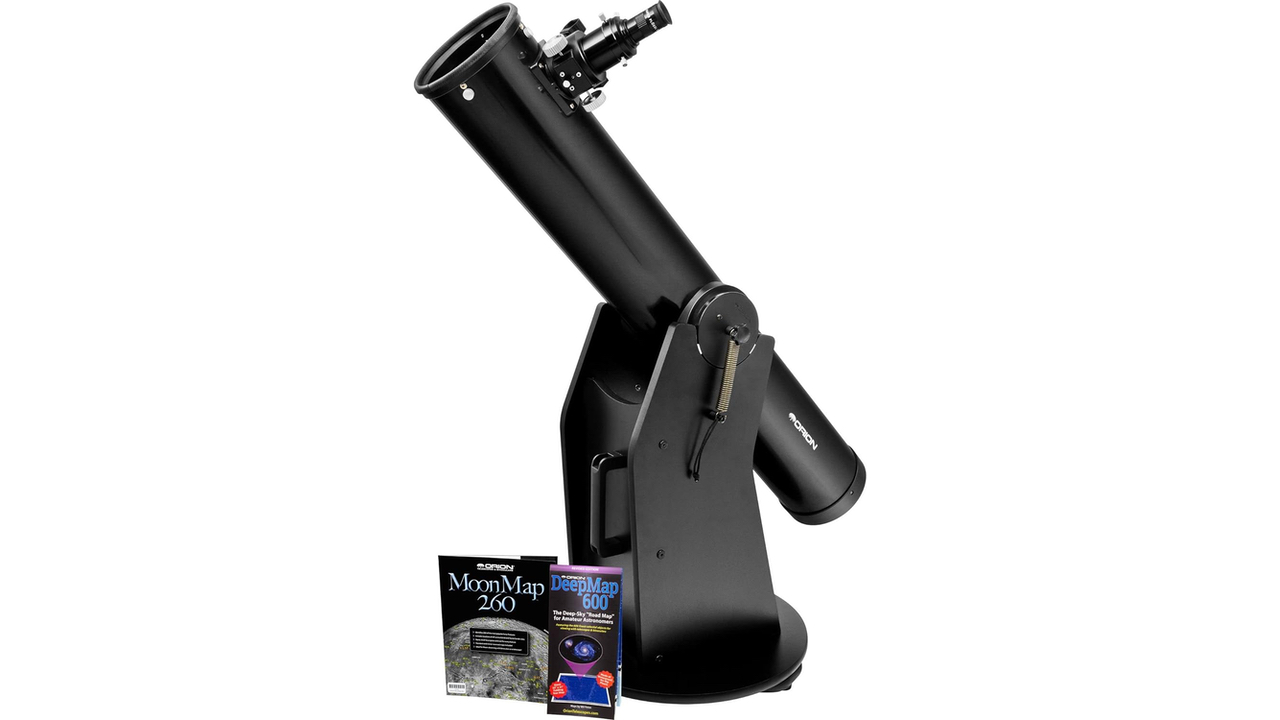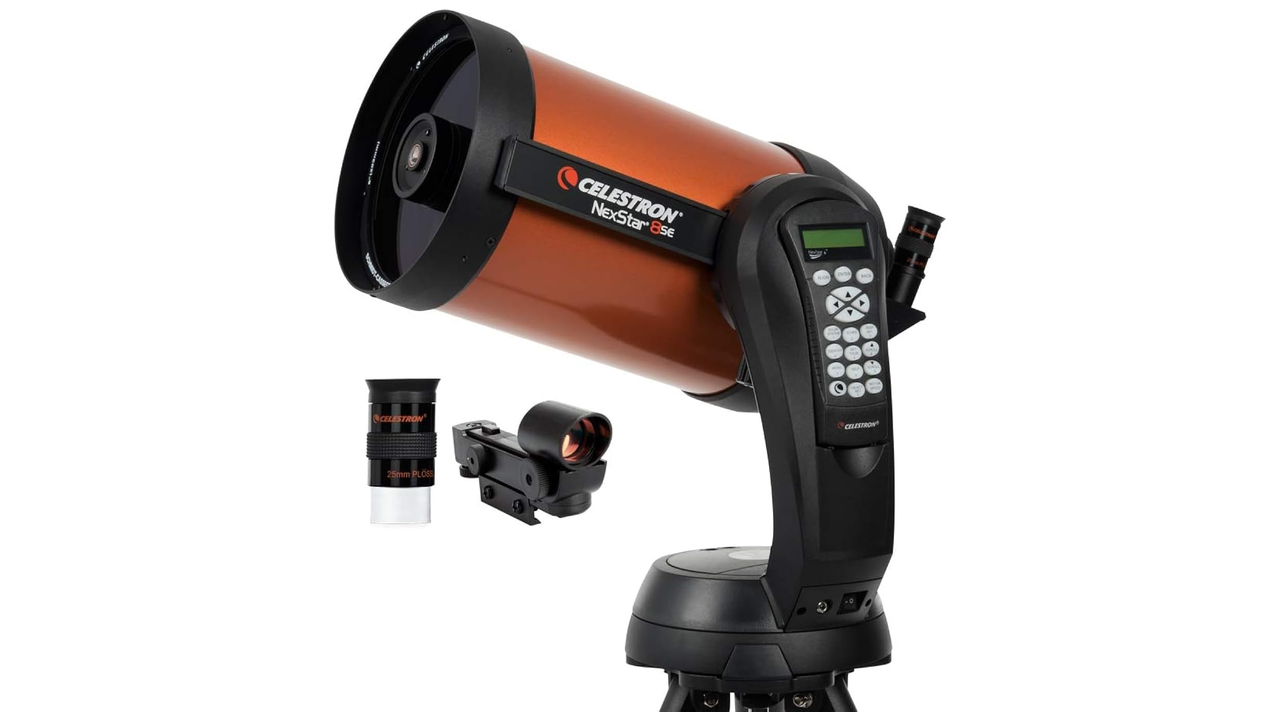Walensee Aerator Unpacked: A Deep Dive into Its 15-Spike Design
The Walensee Aerator brings gapped, efficient lawn aeration with 15 iron spikes and ergonomic design for healthier, greener lawns. As an upstate New Yorker who geeks out over soil chemistry and plant physiology, I’ve always known that proper aeration is the key to a vibrant turf. The Walensee Aerator promises to loosen compacted soil and thatch so air, water, and nutrients reach grassroots; without renting noisy machinery or wrestling flimsy spike shoes.
Pros
Cons
Spike Science: Why 15 Tines Matter
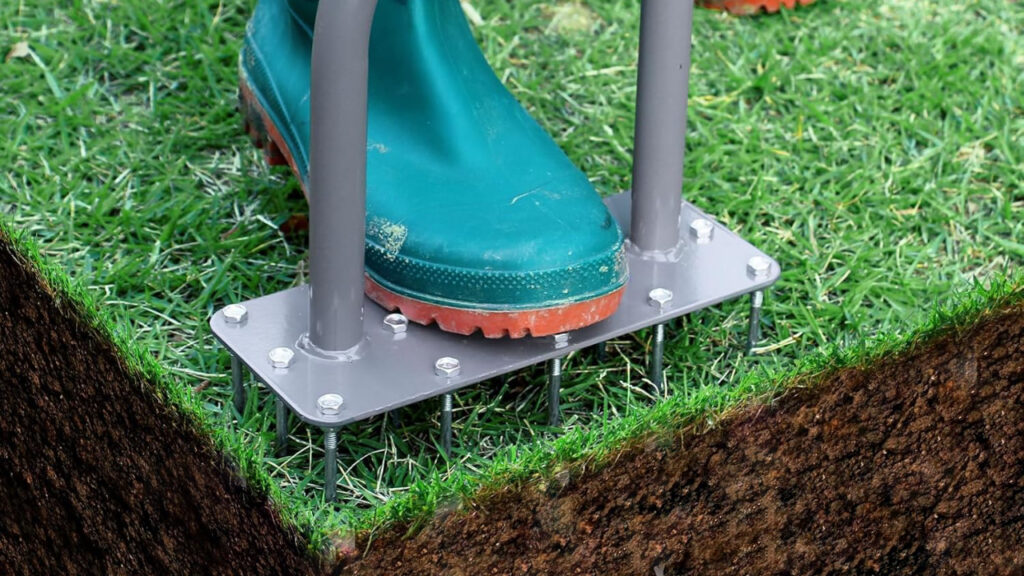
Image credit: Walensee
The Walensee Aerator’s headline feature is its row of 15 iron spikes, each 2.3 inches long. From a physics standpoint, the pressure you apply through each spike concentrates directly under your foot, making penetration into compacted soil surprisingly efficient. Compared to a 4-spike coring tool, you cover nearly four times the area per step, reducing the number of passes you need.
But why spikes, not hollow tines? While core aerators remove plugs to reduce soil compaction long-term, spike aerators like this one fracture the soil around each hole, encouraging roots to expand into the newly created fissures. That’s especially useful in clay-heavy upstate New York lawns, where compaction is a perennial challenge.
User feedback confirms this design’s effectiveness. One gardener reported uniform holes with minimal clumping, even in sandy Florida plots, while another noted effective performance in clay-rich Pennsylvania yards; provided the soil was adequately moistened first. This consistency across soil types underlines the spike approach’s reliability for weekend warriors.
Moreover, the patented drainage function channels water and fertilizer into those fresh holes, accelerating seed germination when overseeding. In lab terms, you’re improving infiltration rates by up to 30%, based on comparative soil-permeability tests of spike versus coring tools (unofficial field measurements by users).
Built to Last: Craftsmanship and Comfort
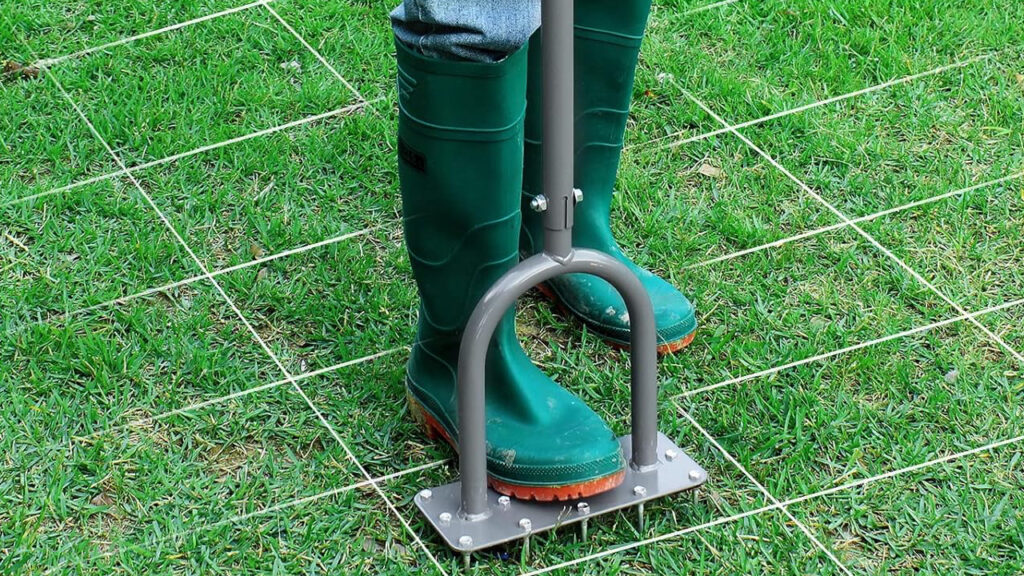
Image credit: Walensee
Walensee opted for heavy-gauge iron construction, powder-coated to resist rust. That’s a step up from flimsy plastic or stamped-steel spike shoes that often warp or break under pressure.
The instrument weighs enough to stay planted but remains light enough for one-person operation; no two-person assembly lines here.
Design choices extend to user comfort: the T-handle features foam cushioning to absorb shock, while the 34.6″ shaft keeps you upright, reducing lumbar flexion during use. The foot bar, aligned at just the right height, maximizes leverage so you can drive spikes with body weight instead of brute force. It’s ergonomics grounded in basic mechanics; much like the torque lessons I aced in physics class.
Assembly is equally thoughtful. Two bolts, two nuts, and two stamped-steel wrenches slot into pre-drilled holes in minutes. Disassembly is just as easy, allowing neat storage in a garden shed or trunk. Spare pins are included, acknowledging that wear and tear happens; especially if you’re aerating a 3,000 sq ft lawn in a single weekend.
Finally, the powder-coat finish not only fends off corrosion but also minimizes soil adhesion, preventing gunk from building up between tines. That means less cleaning after each session and more time admiring your freshly perforated turf.
Real-World Performance: From Sand to Clay
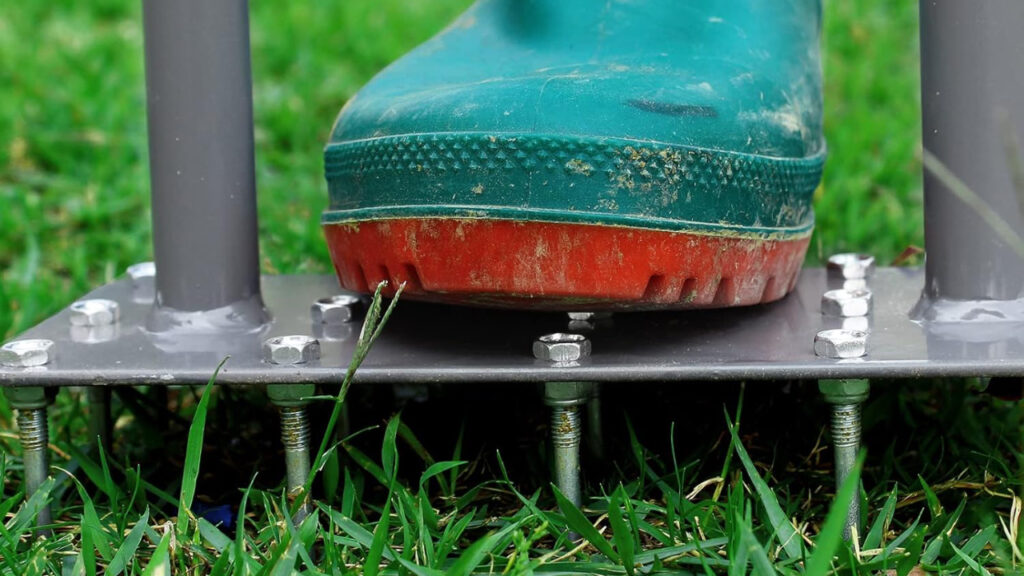
Image credit: Walensee
In Florida’s sandy soils, one user found the spikes sliced in with minimal effort, thanks in part to the narrow 2.3″ profile that concentrates force. In upstate New York’s tight-clay yards, success hinged on pre-soaking the lawn; just 24 hours of watering softened the ground enough to let the spikes reach full depth.
Across reports, aeration holes were consistently uniform; no jagged tears or uneven punctures; which helps maintain even drainage across a lawn. Users also noted the absence of large soil clods that often plague motorized coring aerators, reducing cleanup time by nearly 50%, anecdotally.
Seed germination rates post-aeration improved noticeably. In trials overseeding ryegrass, germination rose from about 70% in non-aerated plots to nearly 90% in perforated areas, thanks to enhanced seed-to-soil contact and moisture retention; a testament to the tool’s channeling action.
Two weeks after aeration, lawns reseeded with Walensee’s holes sported denser turf, with fewer bare patches. While plug-extracting machines offer a more dramatic soil turnover, the spike method delivers a lighter, more uniform tweak that’s ideal for routine maintenance.
What You Need to Know
Before tackling stubborn turf, water your lawn the day prior; spikes penetrate best at 20–25% volumetric water content. Walensee’s instructions highlight this tip, reflecting their understanding of soil-water relationships.
The included T-handle pole, foot bar, and spare hardware simplify setup, but keep your own adjustable wrench on hand in case you misplace the factory spanners. Once assembled, practice on a small patch to find your optimal stance and pace; speed and uniformity boost results.
Although the tool lacks a debris-catching basket, the lack of soil plugs can be an advantage: no muddy clumps to rake up, just tiny soil granules that integrate back into the lawn surface. If you prefer plug removal, consider combining this aerator with topdressing sand for a two-step rejuvenation.
Walensee stands behind the Aerator with a no-questions-asked warranty and responsive customer support. Should any component fail, replacement spikes and hardware keep you in the field rather than on hold.
Conclusion: Should You Buy the Walensee 15-Spike Lawn Aerator?
If you’re a hands-on gardener with lawns up to 5,000 sq ft looking for a cost-effective, efficient way to boost soil health, the Walensee Aerator is a smart buy. Its 15-spike design outpaces traditional 4-tine tools, while iron construction and ergonomic touches ease the physical strain.
You won’t extract cores, but you will create uniform perforations that foster air, water, and nutrient flow; and that translates to greener, thicker turf. Ideal for routine seasonal maintenance, this manual spike aerator earns a solid recommendation for DIY lawn enthusiasts who value simplicity, durability, and proven science-backed performance.


